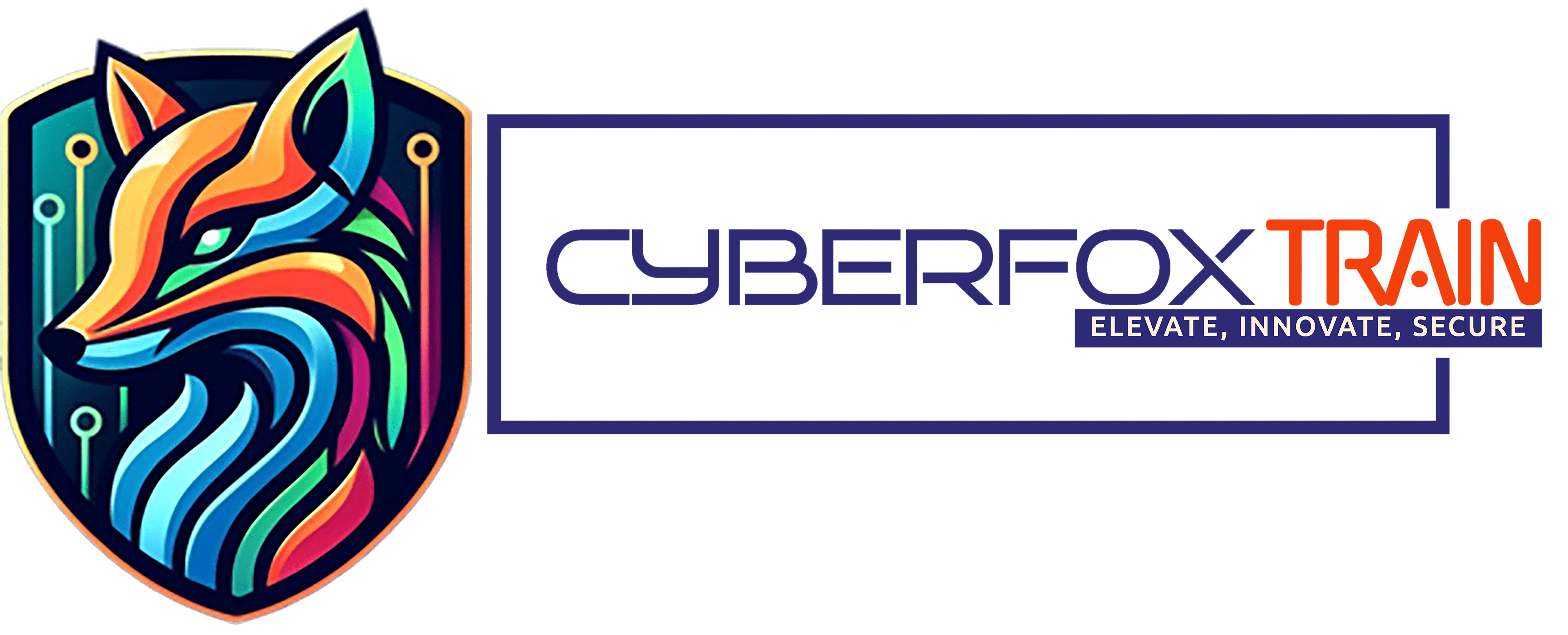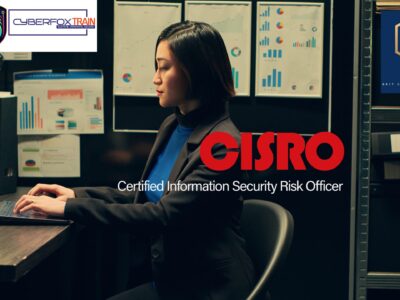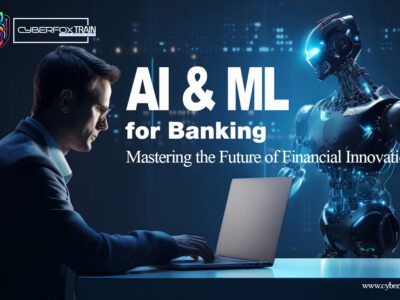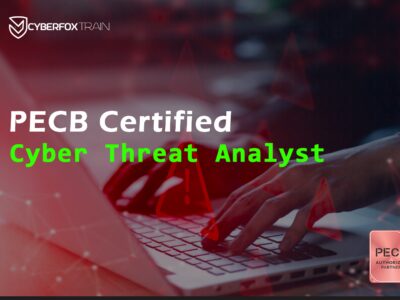Artificial intelligence (AI) and machine learning (ML) have become an essential part of the toolset for many organizations. When used effectively, these tools provide actionable insights that drive critical decisions and enable organizations to create exciting, new, and innovative products and services. This course shows you how to apply various approaches and algorithms to solve business problems through AI and ML, follow a methodical workflow to develop sound solutions, use open source, off-the-shelf tools to develop, test, and deploy those solutions, and ensure that they protect the privacy of users.
Course Objectives:
In this course, you will implement AI techniques in order to solve business problems.
You will:
- Specify a general approach to solve a given business problem that uses applied AI and ML.
- Collect and refine a dataset to prepare it for training and testing.
- Train and tune a machine learning model.
- Finalize a machine learning model and present the results to the appropriate audience.
- Build linear regression models.
- Build classification models.
- Build clustering models.
- Build decision trees and random forests.
- Build support-vector machines (SVMs).
- Build artificial neural networks (ANNs).
- Promote data privacy and ethical practices within AI and ML projects
Target Student:
The skills covered in this course converge on three areas—software development, applied math and statistics, and business analysis. Target students for this course may be strong in one or two
or these of these areas and looking to round out their skills in the other areas so they can apply artificial intelligence (AI) systems, particularly machine learning models, to business problems.
So the target student may be a programmer looking to develop additional skills to apply machine learning algorithms to business problems, or a data analyst who already has strong skills in applying math and statistics to business problems, but is looking to develop technology skills related to machine learning.
A typical student in this course should have several years of experience with computing technology, including some aptitude in computer programming.
This course is also designed to assist students in preparing for the CertNexus® Certified Artificial Intelligence (AI) Practitioner (Exam AIP-110) certification.
Prerequisites:
To ensure your success in this course, you should have at least a high-level understanding of fundamental AI concepts, including, but not limited to: machine learning, supervised learning, unsupervised learning, artificial neural networks, computer vision, and natural language processing. You can obtain this level of knowledge by taking the CertNexus AIBIZ™ (Exam AIZ-110) course.
You should also have experience working with databases and a high-level programming language such as Python, Java, or C/C++. You can obtain this level of skills and knowledge by taking the following Logical Operations or comparable course:
- Database Design: A Modern Approach
- Python® Programming: Introduction
- Python® Programming: Advanced
Course Content:
Lesson 1: Solving Business Problems Using AI and ML
- Topic A: Identify AI and ML Solutions for Business Problems
- Topic B: Follow a Machine Learning Workflow
- Topic C: Formulate a Machine Learning Problem
- Topic D: Select Appropriate Tools
Lesson 2: Collecting and Refining the Dataset
- Topic A: Collect the Dataset
- Topic B: Analyze the Dataset to Gain Insights
- Topic C: Use Visualizations to Analyze Data
- Topic D: Prepare Data
Lesson 3: Setting Up and Training a Model
- Topic A: Set Up a Machine Learning Model
- Topic B: Train the Model
Lesson 4: Finalizing a Model
- Topic A: Translate Results into Business Actions
- Topic B: Incorporate a Model into a Long-Term Business Solution
Lesson 5: Building Linear Regression Models
- Topic A: Build a Regression Model Using Linear Algebra
- Topic B: Build a Regularized Regression Model Using Linear Algebra
- Topic C: Build an Iterative Linear Regression Model
Lesson 6: Building Classification Models
- Topic A: Train Binary Classification Models
- Topic B: Train Multi-Class Classification Models
- Topic C: Evaluate Classification Models
- Topic D: Tune Classification Models
Lesson 7: Building Clustering Models
- Topic A: Build k-Means Clustering Models
- Topic B: Build Hierarchical Clustering Models
Lesson 8: Building Advanced Models
- Topic A: Build Decision Tree Models
- Topic B: Build Random Forest Models
Lesson 9: Building Support-Vector Machines
- Topic A: Build SVM Models for Classification
- Topic B: Build SVM Models for Regression
Lesson 10: Building Artificial Neural Networks
- Topic A: Build Multi-Layer Perceptrons (MLP)
- Topic B: Build Convolutional Neural Networks (CNN)
Lesson 11: Promoting Data Privacy and Ethical Practices
- Topic A: Protect Data Privacy
- Topic B: Promote Ethical Practices
- Topic C: Establish Data Privacy and Ethics Policies
Appendix A: Mapping Course Content to CertNexus® Certified Artificial Intelligence (AI) Practitioner (Exam AIP-100)
Course-specific Technical Requirements
Hardware
For this course, you will need one computer for each student and one for the instructor. Each computer will need the following minimum hardware configurations:
- 2 gigahertz (GHz) 64-bit (x64) processor that supports the VT-x or AMD-V virtualization instruction set and Second Level Address Translation (SLAT).
- 8 gigabytes (GB) of Random Access Memory (RAM).
- 32 GB available storage space
- Monitor capable of a screen resolution of at least 1,024 × 768 pixels, at least a 256-color display, and a video adapter with at least 4 MB of memory.
- Bootable DVD-ROM or USB drive.
- Keyboard and mouse or a compatible pointing device.
- Fast Ethernet (100 Mb/s) adapter or faster and cabling to connect to the classroom network.
- IP addresses that do not conflict with other portions of your network.
- Internet access (contact your local network administrator).
- (Instructor computer only) A display system to project the instructor’s computer screen.
Software
- Microsoft Windows 10 64-bit.
- Oracle® VM VirtualBox version 6.0.10 (VirtualBox-6.0.10-132072-Win.exe).
VirtualBox is distributed with the course data files under version 2 of the GNU General Public License (GPL). - If necessary, software for viewing the course slides. (Instructor machine only.)
NOTE:
- While it is possible to run VirtualBox on other operating systems, this course was written and tested using Windows 10. If your classroom computers will use a different operating system, it is highly recommended that you install and test VirtualBox and the course VM on the computers to make sure you can key through the course successfully before delivering a class.
- The Linux operating system is already installed on the VM that will be loaded in VirtualBox. Specifically, this VM runs the Debian 10 (“Buster”) distribution.
- The system on the VM is configured to log the user in automatically. If you or your students are prompted at any time to log in, the account is named student and the password is Pa22w0rd.
| Delivery Mode | Course Duration | Fees |
| Live Virtual Training | 5 Days | Ask for Quote |
| Onsite Classroom Training | 5 Days | Ask for Quote |
| Customized Training | 5 Days | Ask for Quote |
Course Features
- Lecture 0
- Quiz 0
- Duration 5 days
- Skill level All levels
- Language English
- Students 0
- Assessments Yes






